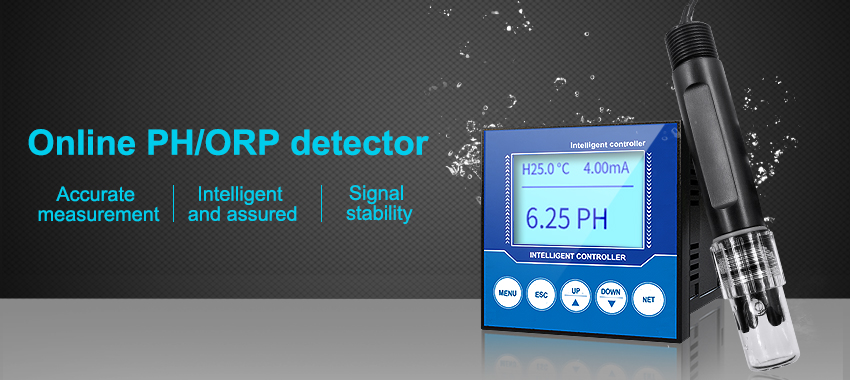with the help of water monitoring equipment, we can take proactive measures to prevent ecological disasters and protect our watersheds.

Importance of Water Monitoring Equipment Water monitoring equipment plays a crucial role in protecting our natural resources by providing real-time data on water quality, quantity, and usage. With accurate and timely information, scientists, policymakers, and conservationists can make informed decisions and take proactive measures to prevent ecological disasters.
Some of the key applications of water monitoring equipment
- Identifying water quality issues: Water monitoring equipment can detect changes in water quality parameters such as pH, dissolved oxygen, and nutrient levels, which can indicate pollution or other water quality issues.
- Tracking water usage: Monitoring equipment can track water usage patterns for irrigation, industrial processes, and other activities to help identify opportunities for water conservation.
- Alerting to potential ecological threats: Real-time monitoring can alert authorities to sudden changes in water quality or quantity that may indicate an ecological threat such as a chemical spill or flood.
Commonly Used Water Monitoring Technologies There are a variety of water monitoring technologies available, each with its own strengths and weaknesses.
Some of the most commonly used technologies
- Water quality sensors: These sensors measure various water quality parameters such as pH, conductivity, turbidity, and dissolved oxygen. They can be used in both freshwater and marine environments and provide continuous monitoring and real-time data transmission.
- Water level sensors: These sensors measure the water level in rivers, lakes, and other bodies of water. They can help identify flood risks and provide valuable information for managing water resources.
- Flow meters: Flow meters measure the volume of water flowing through a pipe or channel. They are commonly used in irrigation, industrial, and municipal water systems to track usage and identify opportunities for conservation.
- Remote sensing: Satellites and other remote sensing technologies can provide data on water quality, vegetation, land use, and other environmental indicators over large areas. This data can help identify patterns and trends in water usage and quality, and guide policy decisions.
Benefits of Water Monitoring Equipment

- Early warning of ecological threats: Real-time monitoring can alert authorities to potential threats such as chemical spills or harmful algal blooms before they have a chance to cause significant harm.
- Improved decision-making: Water monitoring data can inform policy decisions related to water management and conservation, helping to ensure the sustainability of our water resources.
- Conservation opportunities: Monitoring equipment can identify opportunities for water conservation, such as reducing irrigation or industrial water usage during times of high demand.
- Protection of aquatic ecosystems: By tracking water quality and quantity, monitoring equipment can help protect aquatic ecosystems and the plants, animals, and humans that depend on them.
Conclusion
Water monitoring equipment plays a critical role in preventing ecological disasters and protecting our water resources. By providing real-time data on water quality, quantity, and usage, scientists, policymakers, and conservationists can make informed decisions that help ensure the health of our watersheds. The benefits of water monitoring equipment are many, including early warning of ecological threats, improved decision-making, conservation opportunities, and protection of aquatic ecosystems. Together, these benefits demonstrate the importance of investing in water monitoring technologies as part of a comprehensive strategy for protecting our natural resources.